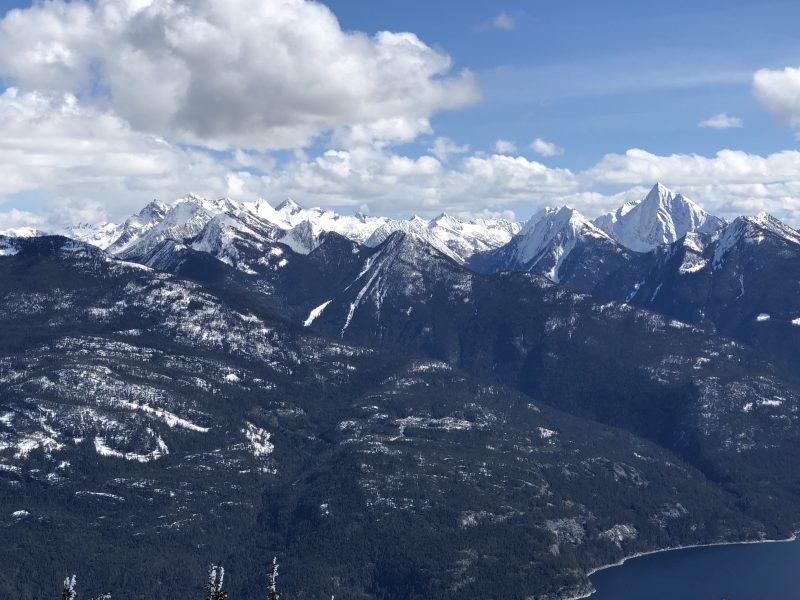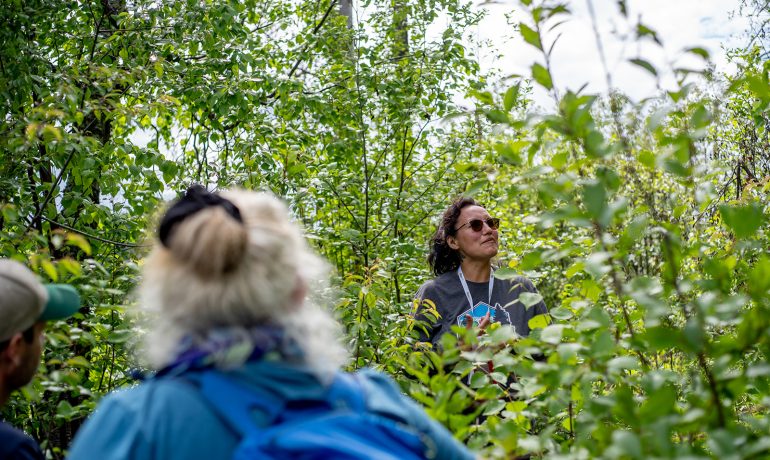The BCCFA’s proposal, Prioritizing Community-Based Tenures for Wildfire Mitigation & Rural Development: A Proposal for Community Forest Program Expansion is a vision that would see more community-based tenures (community forest agreements and First Nations woodlands licences) established in the 10 km zone around Indigenous and rural communities. This is a critical zone for community wildfire protection as confirmed by many communities and forest professionals. The 10 km zone also includes areas where critical social values and ecosystem services intersect.
The boundaries of such a zone should be variable based on the risk, community size, fire behaviour and location in the province. Further, each new or expanded community forest must be developed according to the established principles of the provincial community forest program, with priority given to communities where:
- First Nations partnerships and/or support exist
- The threat of wildfire is high or extreme
- Local capacity is strong
- Sufficient area and AAC can be allocated to enable economic viability
A strong case for using the CFA tenure to further the objectives of the BC Government and Indigenous and rural communities is repeated in the combined research and analysis on the community forest program. The long-term benefits of CFAs are well documented in the BCCFA’s Community Forest Indicators Reports as well as a recent study on the socio-economic impacts of BC’s Community Forest Program[1]. First Nations involvement and partnerships; more jobs per cubic metre of timber than the industry average; greater public engagement; and strong incentives to invest in intensive silviculture, forest stewardship and recreation are among the noted benefits. Further, community forest management supports local capacity building and allows small rural communities to leverage profits into community projects and infrastructure with far reaching social and economic benefits.
A strategic shift in government policy and re-apportionment of AAC is key to achieve this pragmatic and important vision. Legislative change and upfront government investment are necessary for Indigenous and rural communities to manage the forests that surround them for these important values and relationships.
Given that legislating a significant re-apportionment of AAC is difficult, the BCCFA has identified avenues for creating new or expanded CFAs that do not require this scale of reform. They include the following mechanisms:
- First Nations with apportioned and replaceable volume may be interested in partnering with non-Indigenous communities in a CFA;
- Licences affected by fire or other forest health factors that will be surrendered and can potentially contribute to a CFA;
- Major licensees may be willing to voluntarily sell AAC to help create/expand a CFA.
The BCCFA encourages our member communities to locally explore these mechanisms. We continue to work with the Ministry of Forests, Lands, Natural Resource Operations and Rural Development to find additional opportunities to grow the community forest program.
An expansion in the number and size of community forests is an important investment in the future of rural BC. By making this shift, the BC Government can invest in:
- Proactive management of wildfire hazards and coordinated wildfire suppression around Indigenous and rural communities.
- Meaningful relationships & partnerships between Indigenous and non-Indigenous communities through local management of local forests.
- Restoration of the social contract. This occurs with local control of resources, and community members seeing that the benefits of harvesting stay in the community.
- More resilient and self-reliant communities.
- Greater diversity of tenure in BC.
Related Post
As Published in Canadian Forest Industries Magazine, Pulp & Paper Magazine and Canadian Biomass Magazine
Jennifer Gunter’s Op Ed, “Community Forests: Rooted in Community,
Minister of Forests Mandated to Expand BC’s Community Forest Program
In the recently released mandate letter to the Minister



